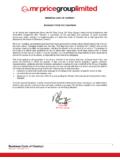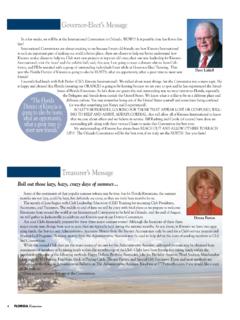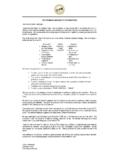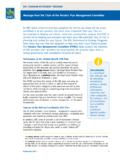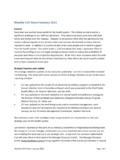Transcription of The Creative Brief: a tool for focusing your message
1 The Creative Brief: a tool for focusing your message By Moira Bulloch, CHEJ Advertising firms and other communication professionals know that effective messaging needs purpose, strategy and a targeted audience. The Creative Brief is a tool used by professionals in the advertising field to focus their thinking and create effective messages. It is a Q&A memo, composed of the six questions below. These questions are designed to get you thinking about your objective and how to shape your message to achieve that objective. Answer these six questions to help you get started. Why are you communicating at all? Why do you need to speak up and get your perspective out there? What is your goal in communicating to the public on the issue. What is the message trying to do? Do you want people to take action? What do you want them to do after hearing your message ? Pass legislation to right a wrong? Enforce a law? Get funding for a public health initiative?
2 Know if you are trying to educate your audience or inspire them to support a specific action. Perhaps you are trying to shame a politician into action or undercut a polluting corporation s public image to pressure them to Who are you talking to? Be very specific. You might be inclined to say, Everyone! but a message will never be equally effective to all audiences. focusing on the health risks to kids may be very effective when speaking to members of a PTA, but won t be very convincing to a corporate board. Think about who is most likely to take action. Parents concerned about their children s health? CEO s trying to bolster the company s image? Politicians who are looking for a media-friendly cause to champion? Farmers who need access to clean water to irrigate their crops? You can t be all things to all people, so decide which audience is most important to your cause for the event or action you are taking. What do we know about them that will help you?
3 Be as specific as possible. What values does your targeted audience share? What are their common experiences? Are they all from the same demographic? Getting to know your audience will help you focus a message that can move them to action. What is the main thought you want to communicate? Make this simple. Just one sentence. Frame your thought in terms of values shared with your audience What is the best way of doing that? This is the how part of the equation. Think of persuasion and logistics. Will fear or shame or hope motivate your audience? Will you reach them through a press conference or opinion article or public forum?
